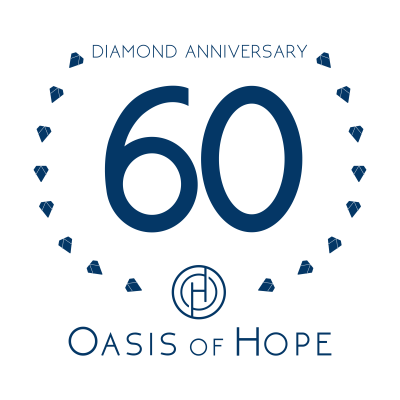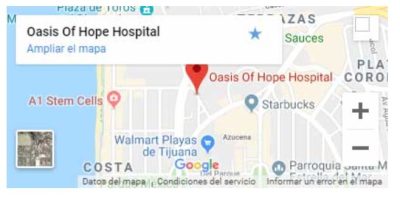When most people hear the word ozone, they think of what they often smell after a thunderstorm, when lightning has literally “supercharged” the air. Or, if they remember their high school science class, they think of the ozone layer as an invisible but protective “blanket” near (or at) the top of our atmosphere.
Ozone itself is nothing more than oxygen with a molecular structure of O3 instead of O2. The numbers indicate how many atoms make up each molecule; thus, the “supercharged” concept is not a bad analogy. However, the additional atom in each molecule makes ozone a highly reactive oxidant. Imagine a carbon steel knife blade left to rust on a bench. If the bench were in your garage, the knife blade might be completely covered by rust in several months. But if the same knife were sealed into an ozone-rich atmosphere, the same result might be achieved in a matter of days.
However, one particular anticancer application of ozone is very therapeutic. It has been shown that ozone supports broad-spectrum antimicrobial activity. This means that it fights the bacteria that cause infection. in the First World War, medics used it to save the lives of wounded soldiers suffering from gaseous gangrene. Today, ozonated solutions and ozonated oils are still used to treat wounds and a host of infections. Ozone therapies are used to treat fistulae, abscesses, ulcers, gingivitis, stomactitis, and osteomyelitis.
Ozone therapy became an alternative medical approach in 1954, when Wehrly and Steinbart first described its application. They found that while the human respiratory tract reacts very negatively to ozone, human blood does not. In fact when exposed to appropriate ozone concentrations, our blood antioxidant capacity counteracts the strong oxidant properties of ozone, thus eliminating any acute side effects.
The benefits derived from this therapy are staggering. For example, Oasis doctors know that ozonation of the blood improves the exchange of oxygen in the blood, activates the immune system, and increases the efficiency of the antioxidant system. But what is most exciting to us is how these three activities combine to effectively retard or reverse tumor growth.
Over the last seventeen years, doctors at Oasis have advanced the use of ozone therapy, and the results have been extraordinary. Our patients have experienced measurable tumor reduction quickly, sometimes in as little as two weeks for long-term results, we still believe that slower acting metabolic therapy is vital, but it is wonderful to get fast results too. Indeed, ozone provokes a cascade of effects when it is introduced into the bloodstream.




